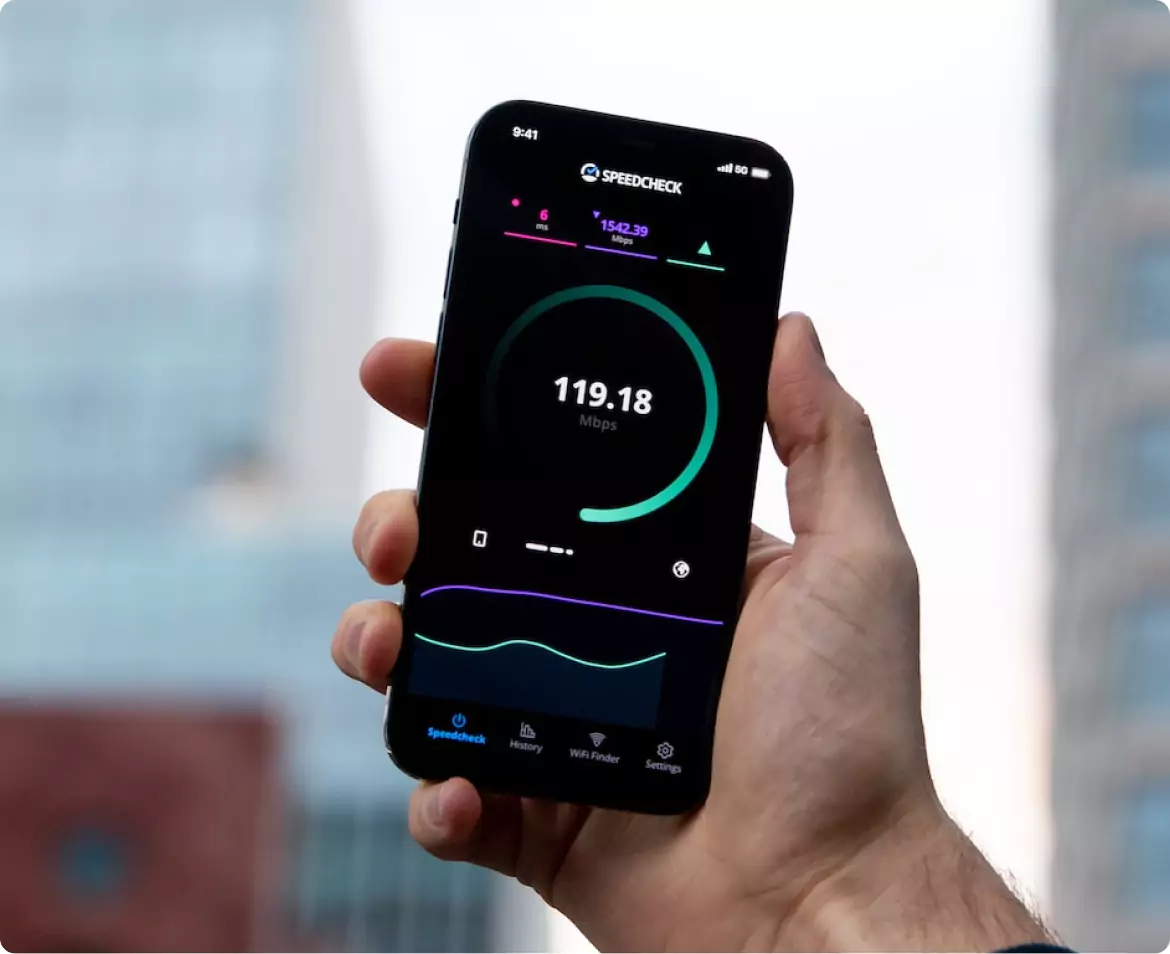Tutorial: Building a GPT-Based Chatbot for Your Website
In today’s digital landscape, providing immediate, personalized support to website visitors is essential for enhancing user experience and increasing engagement. AI-powered chatbots have emerged as powerful tools to achieve this goal, and among them, GPT-based chatbots stand out due to their advanced language understanding and generation capabilities. Building your own GPT chatbot can seem daunting at first, but with the right approach, it becomes an achievable and rewarding project. This tutorial aims to guide you step-by-step through the process—from understanding the core technology and setting up the necessary infrastructure to deploying and refining your chatbot. Whether you’re a developer or a business owner eager to improve your site’s interactivity, this guide will equip you with practical knowledge to create a sophisticated GPT-powered conversational agent tailored to your needs.
Understanding GPT and Its Integration Potential
Before diving into the technical implementation, it’s crucial to understand what GPT is and how it can be integrated into your website. Generative Pre-trained Transformer (GPT) models, developed by OpenAI, are advanced language models trained on vast datasets to generate human-like text responses. Their capability to comprehend context, generate coherent replies, and handle diverse topics makes them ideal for chatbot applications. To harness this power, you must understand the APIs that OpenAI offers, which provide access to GPT models via a simple and scalable interface. This section explores the fundamentals of GPT, discusses the different versions available, and explains how to make API calls securely and efficiently, laying the groundwork for your chatbot development process.
Setting Up Your Development Environment and API Access
Once you understand GPT’s capabilities, the next step is to prepare your development environment and obtain API access. This involves registering for an API key through OpenAI’s platform, which grants you permission to use their models. It’s important to ensure your environment supports the necessary technologies—typically a programming language like Python or JavaScript, along with relevant libraries and frameworks. In this chapter, we delve into creating a secure API key management system, selecting the right programming tools, and setting up a local or cloud-based environment to develop and test your chatbot. We also cover basic security practices to protect your API keys and prevent unauthorized usage, ensuring your project’s integrity from the start.
Designing and Developing Your Chatbot’s Conversational Logic
With the infrastructure in place, focus shifts to designing the logical flow of your chatbot’s interactions. This involves defining the types of questions your bot will handle, crafting prompt templates that effectively guide GPT’s responses, and establishing fallback mechanisms for unexpected inputs. Effective prompt engineering is critical to ensure the bot provides relevant, coherent, and context-aware replies. Additionally, incorporating conversational context management allows your bot to remember previous exchanges, creating a more natural dialogue. This section emphasizes best practices in designing intuitive interactions, customizing prompts to align with your specific domain or brand voice, and integrating logic that enhances user engagement and satisfaction.
Deploying and Refining Your GPT-Based Chatbot
After developing your chatbot, the next phase involves deploying it on your website and continuously refining its performance. Deployment may include embedding the chatbot widget on your site, setting up backend servers to handle API requests, and ensuring responsiveness across devices. Once live, monitor user interactions to identify common issues, ambiguous responses, or areas where the bot can improve. Leveraging user feedback and analytics will help you fine-tune prompt parameters, update conversational flows, and implement new features. Ongoing maintenance involves updating your model integrations, managing API quotas, and enhancing responses based on real-world usage. This iterative process ensures your chatbot remains effective, engaging, and aligned with your evolving business goals.
Conclusion
Building a GPT-based chatbot for your website combines cutting-edge AI technology with practical development strategies to create a dynamic user support tool. This tutorial has outlined the essential steps—from understanding GPT’s capabilities and setting up your development environment to designing conversational flows and deploying your chatbot. The key to success lies in thoughtful prompt engineering, secure infrastructure, and continuous refinement based on user interactions. With the knowledge gained from this guide, you are now equipped to develop a sophisticated chatbot that not only enhances user engagement but also drives your website’s growth. Embrace the opportunity to leverage AI-powered conversations, and transform your website into a more interactive, helpful, and innovative platform for your visitors.











